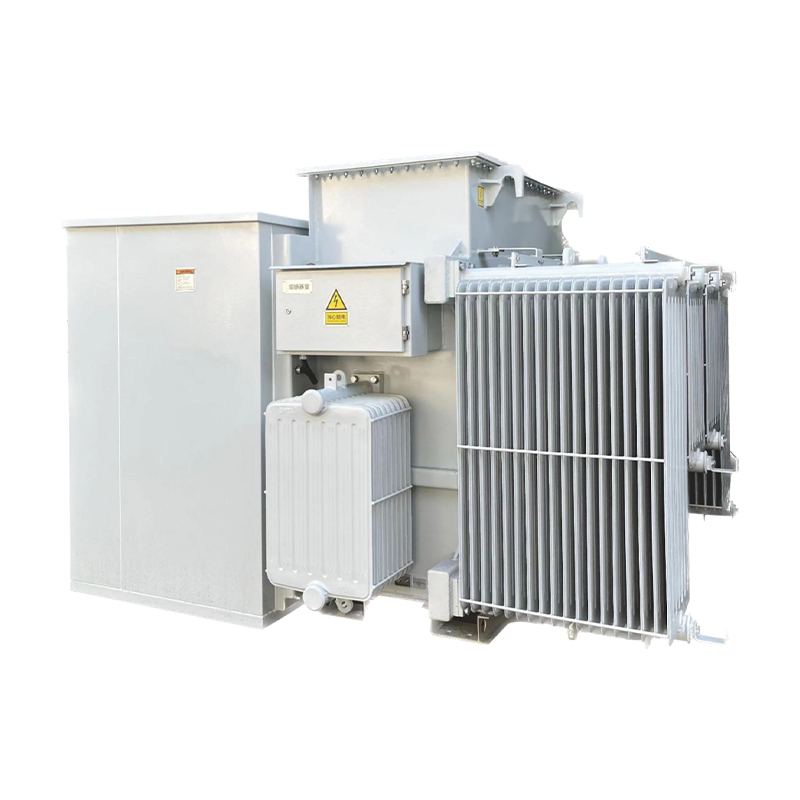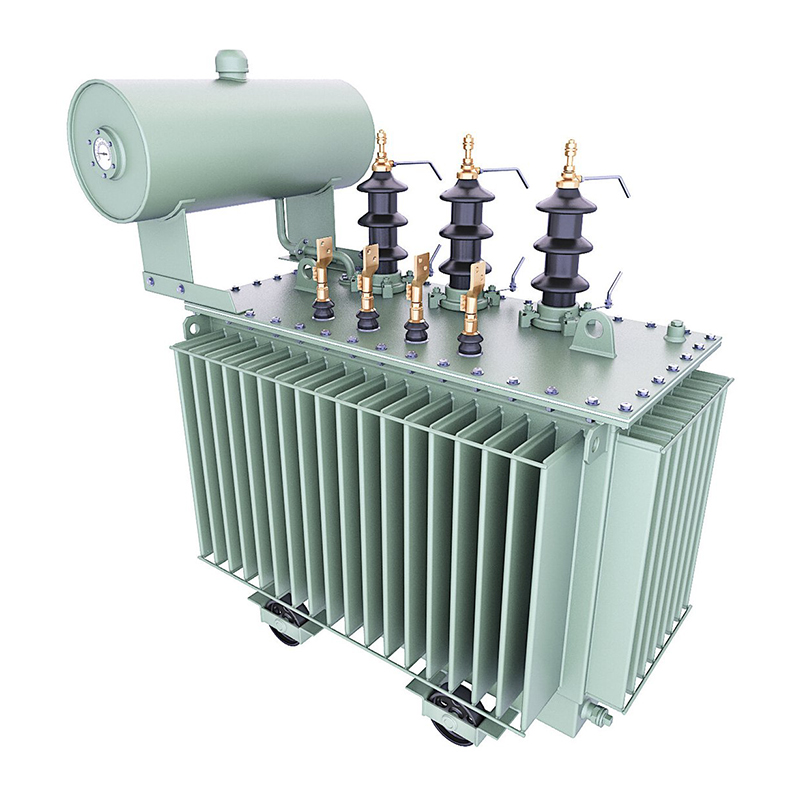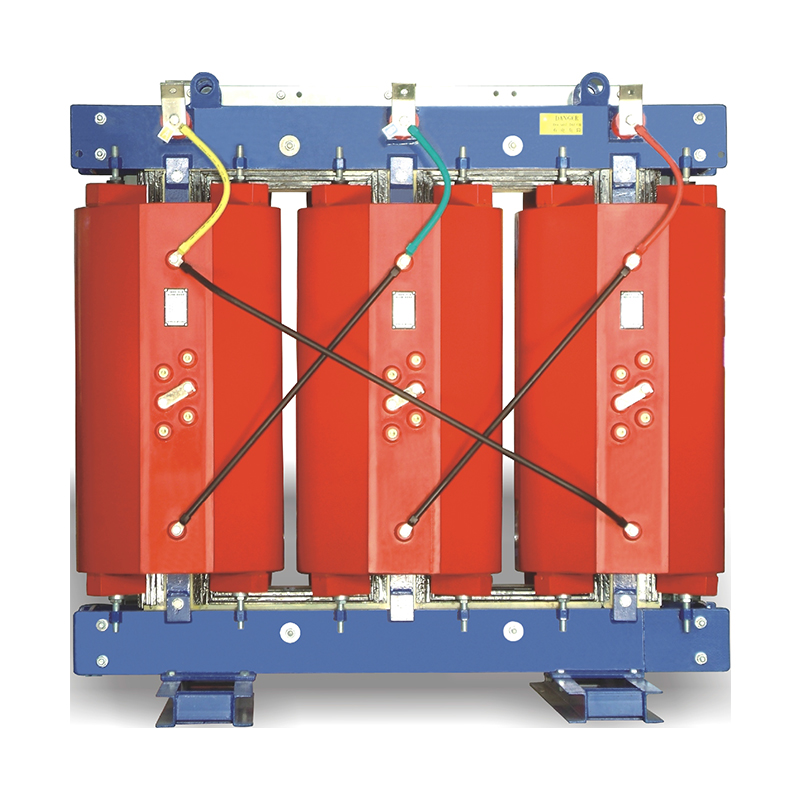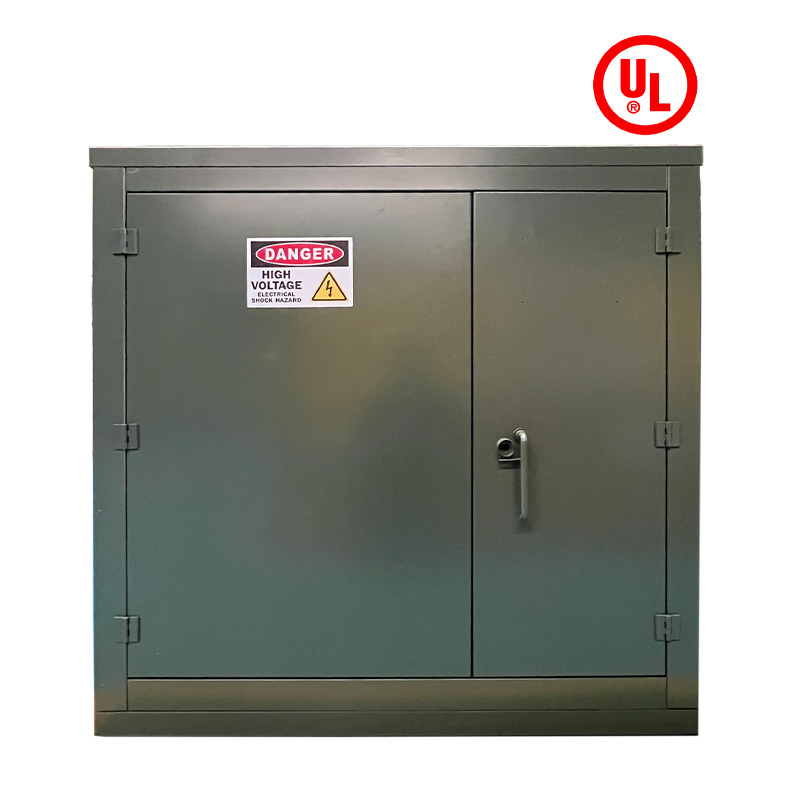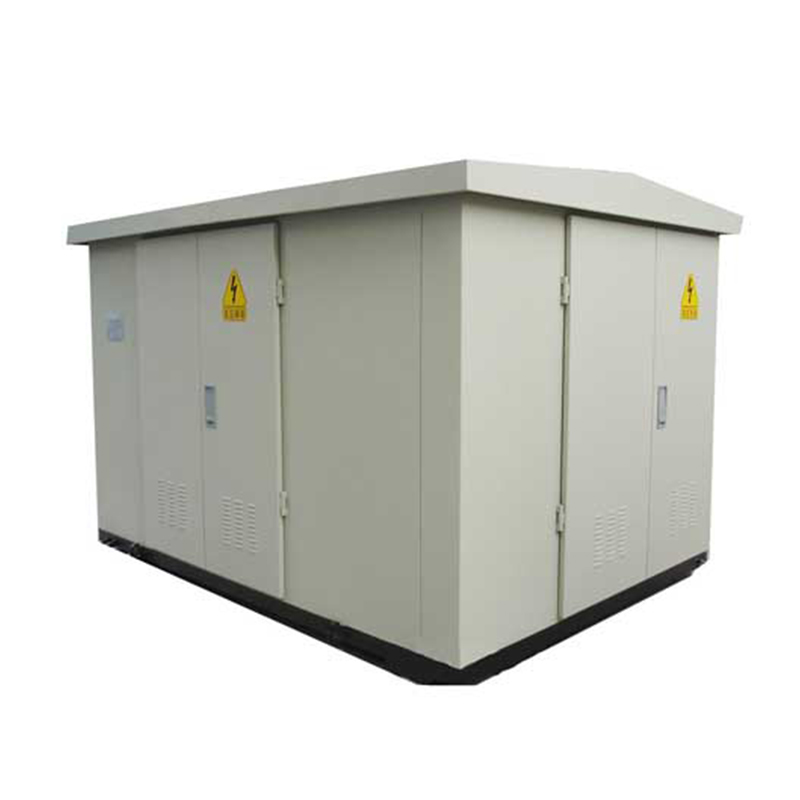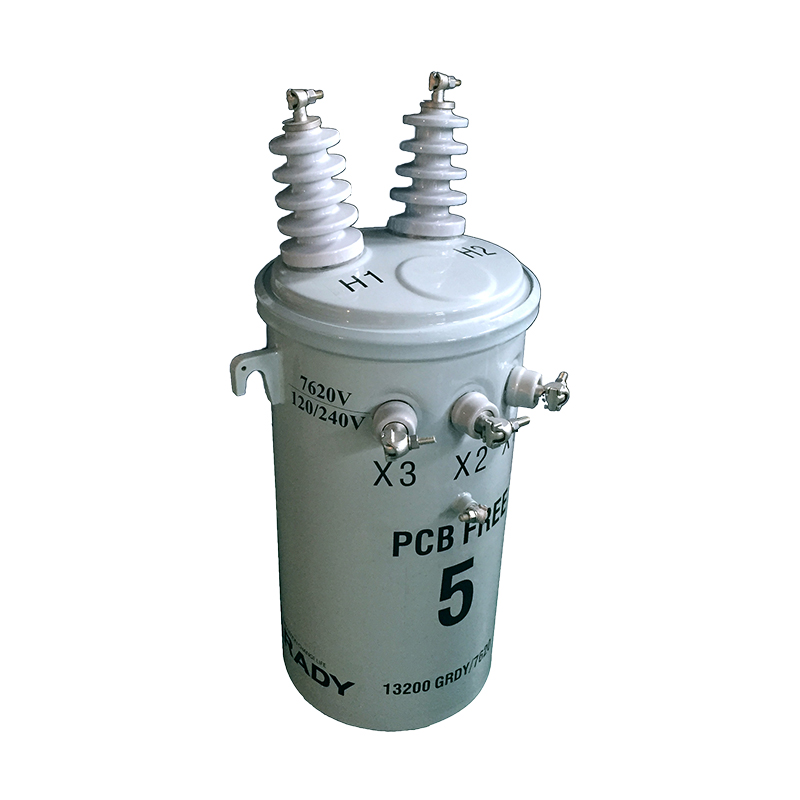The role and value of power transformers in smart grids
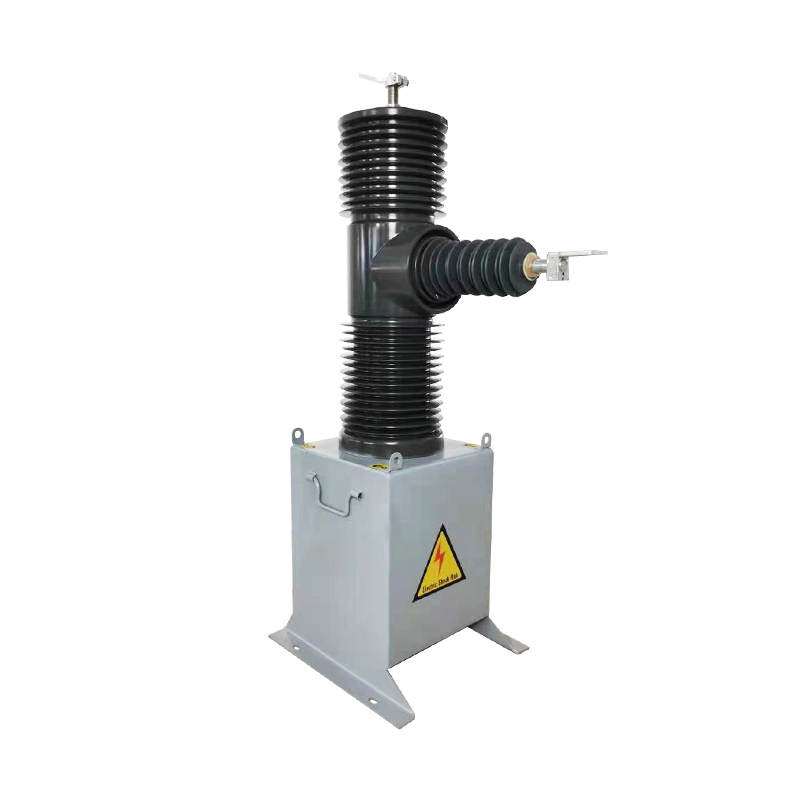
The role and value of power transformers in smart grids are mainly reflected in the following aspects:
1. * * Remote monitoring and control * *:
-The power transformers in the smart grid are equipped with sensors and monitoring devices, which can monitor key parameters such as voltage, current, and temperature in real time.
-Through communication networks, these monitoring data are transmitted to the monitoring center, achieving remote monitoring and control functions, and improving the efficiency and response speed of power grid management.
2. * * Data Analysis and Optimization * *:
-Through in-depth analysis of transformer monitoring data, smart grids can optimize grid load and energy utilization, thereby improving grid operation efficiency and energy utilization efficiency.
-For example, the S11 transformer has achieved continuous improvement in energy efficiency and significantly reduced energy loss through data support and optimization algorithms.
3. * * Fault Warning and Maintenance * *:
-By using intelligent algorithms to analyze transformer monitoring data, potential faults can be detected in a timely manner and early warning can be given, thereby reducing the occurrence rate of faults and improving the reliability of the power grid.
-The smart grid system can also develop reasonable operation and maintenance plans, optimize operation and maintenance processes, and reduce operation and maintenance costs based on the operating data and status of transformers.
4. Voltage regulation, energy conservation, and power quality control:
-Intelligent transformers can adjust the output voltage in real time according to the load situation and energy demand of the power grid, achieving energy conservation and emission reduction, and reducing energy loss.
-Meanwhile, through intelligent control technology, power transformers can effectively control voltage fluctuations, harmonics, and grid imbalances, improve power quality, and ensure the safe and stable operation of user electrical equipment.
5. Multi energy interconnection and renewable energy access:
-Power transformers can be interconnected with various energy devices such as distributed energy and energy storage systems in smart grids, achieving coordinated scheduling and optimized utilization of multiple energy sources.
-In addition, smart transformers also support the integration of renewable energy sources such as wind and solar energy, promoting the large-scale utilization and sustainable development of clean energy.
6. * * Intelligent operation and device management * *:
-Through intelligent technology, the operation and maintenance of power transformers are more efficient and precise. For example, the fault diagnosis function can quickly locate the fault point and shorten the fault handling time.
-At the same time, the visualization of the status of intelligent transformers makes equipment management more convenient, and can automatically generate maintenance plans to optimize the operation of the power grid.
In summary, power transformers play a crucial role in the smart grid. The improvement of their intelligence level not only enhances the safety, stability, and operational efficiency of the grid, but also makes important contributions to the sustainable development and environmental protection of the power system.
Relatenews
- The Role of Power Transformers in Voltage Regulation within Power Systems 2025-08-25 08:14:00
- Environmental Regulations and Technical Measures for Power Transformer Noise Control 2025-08-25 08:12:00
- The Application of Big Data Analytics in Power Transformer Fault Prediction 2025-08-25 08:11:00
- Impact of Distributed Generation Integration on Load Characteristics of Power Transformers 2025-08-16 09:43:00
- Conditions and Protection Coordination Strategies for Parallel Operation of Power Transformers 2025-08-16 09:42:00
- Application of On-Line Oil Chromatography Monitoring Systems for Power Transformers 2025-08-16 09:38:00
- Capacity Calculation Methods for Power Transformers in Electric Vehicle Charging Stations 2025-08-09 16:02:00
- Key Technologies of Smart Power Transformers: Sensors, IoT, and Big Data 2025-08-09 15:59:00





